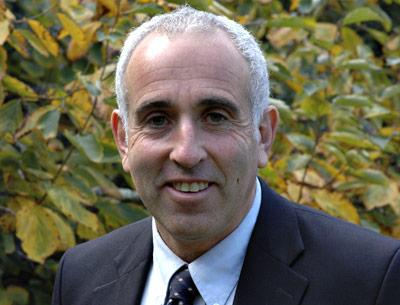To Tackle Overdue Projects
To Tackle Overdue Projects
A three-year capital project plan being considered by the East Hampton Town Board includes close to 100 projects for which the town would issue $12 million in bonds.
It would allow the town to take care of overdue repairs and improvements while keeping annual debt service payments level, at the $15 million range, Len Bernard, the town budget officer, said at a town board meeting on Tuesday.
Meanwhile, the town’s overall indebtedness will decrease over the next few years from $116 million to $92 million, due to debt being retired. A plan to restructure some existing debt will save the town $300,000 a year beginning next year.
“Over time, there are infrastructure investments that we really need to make here,” Supervisor Larry Cantwell said. “We’ve got roofs leaking, we’ve got lights out. . . .”
The proposed capital budget includes $2 million to rebuild the old town hall building, beginning next year, $75,000 to rebuild the roof at the Fort Pond House in Montauk, and close to $375,000 for refurbishing the East Hampton Town Senior Citizens Center in East Hampton and repaving its parking lot.
According to the proposal, more than $500,000 would be spent at the Terry King park on Abraham’s Path in Amagansett to replace the tennis courts and nonfunctional lighting at the ball field and for repairs to the basketball courts.
Playing fields at the Terry King and Stephen Hand’s Path facilities in East Hampton and at Lions Field and Camp Hero in Montauk would be repaired for $100,000, and goal posts would be replaced at Stephen Hand’s Path for $80,000. Tennis courts in Springs would be refurbished for $25,000.
Over the next two years, $50,000 would be spent to replace public garbage cans in Amagansett, and $30,000 for garbage cans in Montauk. Two new buses for transporting senior citizens would be purchased, for $130,000. A $225,000 budget item would cover the digitization of town records, and $60,000 would be borrowed to install a vault for records at Town Hall.
Doors at town buildings, such as the Montauk Playhouse Community Center, Town Hall, and the Y.M.C.A.-East Hampton RECenter, would be made handicapped-accessible in compliance with the Americans With Disabilities Act, at a cost of $30,000, and $85,000 would be budgeted over the three-year period for other projects to make town properties A.D.A.-compliant.
Repairs would be made to the pier at Navy Road in Montauk, to a number of town buildings, such as the Parsons Blacksmith Shop in Springs and the home base of the Aquaculture Department, and equipment would be purchased for lifeguards and buildings and grounds personnel.
The proposed capital budget also includes a total of $2.8 million for police vehicles and equipment, and $2.5 million for Highway Department projects, including $300,000 to augment the department’s road reconstruction budget, and $225,000 over the next three years for sidewalk reconstruction. The capital plan also calls for the replacement of several trucks, and the purchase of a new street sweeper.
Capital projects had been put aside during the previous administration under Supervisor Bill Wilkinson, even after a complicated tangle of financial accounting, a legacy of the prior administration’s mismanagement, was sorted out.
The 2014 to 2016 capital plan, Mr. Bernard said, is “pretty conservative, but it does get a lot done. There are a lot of projects that need to be done, that are overdue.”
It does not include capital improvements at the East Hampton Town Airport, which fall under a separate airport plan adopted by the town board late last year.
Town board members will review the capital plan and discuss it at an upcoming board meeting before voting on its adoption.
Mr. Cantwell said Tuesday that each individual project, and the bonds to be issued to pay for it, will be discussed separately by the board and voted on before getting under way.



